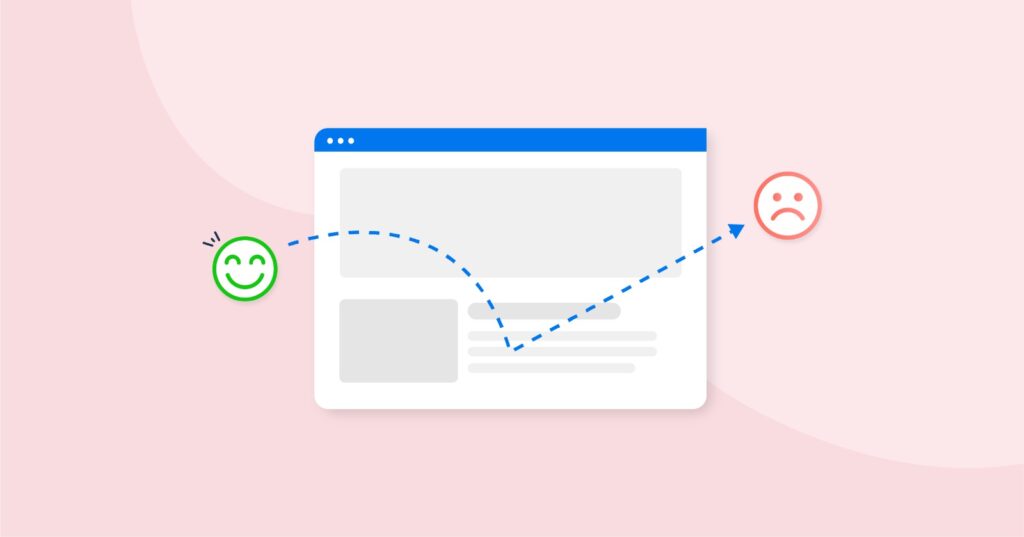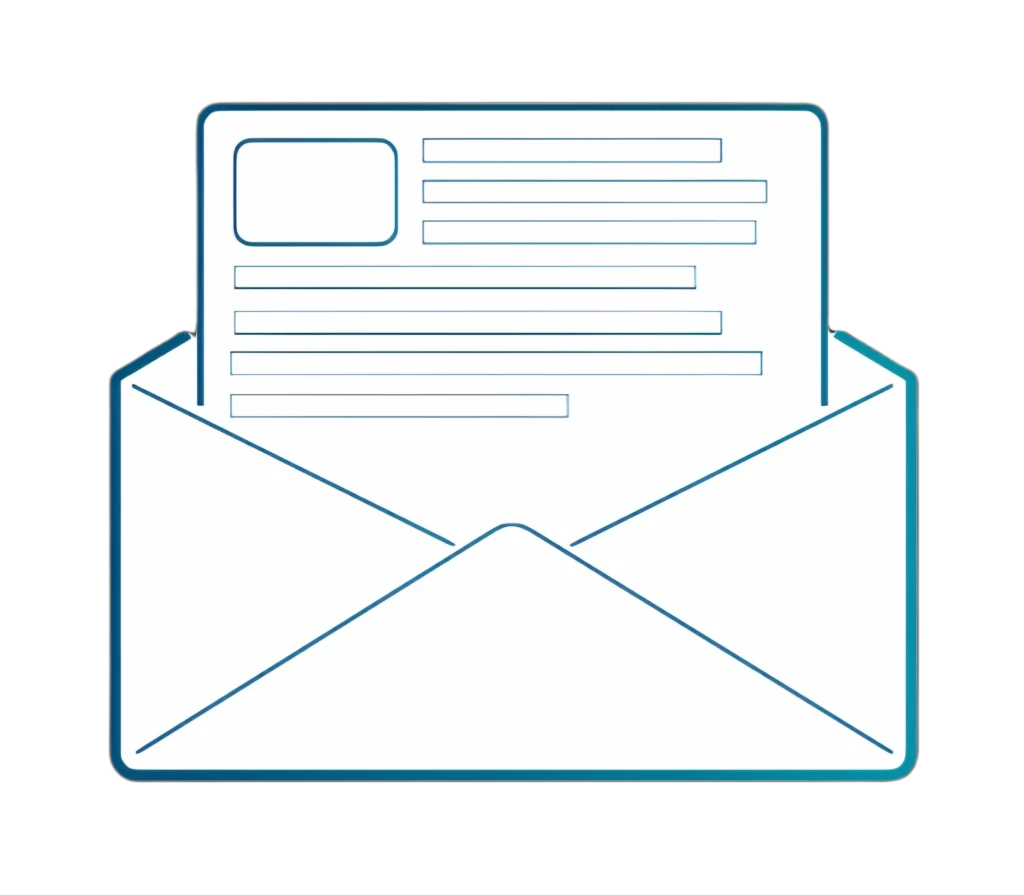In the dynamic landscape of SEO, understanding user behavior is pivotal for optimizing websites and boosting visibility on search engines. Two terms that often confound website owners are Pogo-Sticking and Bounce Rate. Despite their seemingly complex names, these metrics hold the key to deciphering how users interact with your website. In this blog, we’ll unravel the mysteries behind Pogo-Sticking and Bounce Rate, shedding light on their meanings, implications, and the distinctive differences that set them apart.
The Difference Between Pogo-Sticking and Bounce Rate
Pogo-sticking is when a user bounces back to the (SERP) from your site.
A bounce is when a visitor lands on one of your pages and leaves, but doesn’t necessarily return to the search results.

What is Pogosticking ?
Pogo-Sticking occurs when a user clicks on a search result, visits a webpage, and swiftly returns to the search results to explore other options. It implies that the user didn’t find the information they were seeking on the initial page. Picture it like walking into a shop, glancing at a product, and promptly walking out without making a purchase.
Example: Imagine a user searching for “healthy dinner recipes,” clicks on a result, quickly returns to the search page, and clicks on another result.
What is a bounce rate and why does it matter ?
Bounce Rate, in contrast, is a metric that gauges the percentage of visitors who navigate away from a website after viewing only one page. A high bounce rate suggests that visitors are not engaging beyond the landing page. Think of it as someone entering a library, reading the first page of a book, and then leaving without exploring the rest of the library.
Example: A visitor lands on a blog post, spends a few seconds, and leaves the site without clicking on any other pages.
The Main Differences
Focus of Measurement:
Pogo-Sticking: Primarily focuses on the user’s journey from the search results to a webpage and back, indicating dissatisfaction with the initial click.
Bounce Rate: Concentrates on visitors who exit after viewing only one page, irrespective of their journey before arriving.
Nature of Interaction:
Pogo-Sticking: Reflects the user’s interaction with the search results, gauging their satisfaction with the information presented.
Bounce Rate: Reflects the user’s interaction with the landing page, measuring their decision to stay or leave after the initial view.
Timeline of Engagement:
Pogo-Sticking: Considers the sequence of clicks and quick returns, revealing immediate user reactions to the content.
Bounce Rate: Measures the initial landing page interaction, providing a broader view of overall user engagement.
Page-Specific vs. Search Results-Oriented:
Pogo-Sticking: More page-specific, indicating whether the content on the clicked page meets the user’s expectations.
Bounce Rate: Focuses on the overall site, highlighting whether the landing page effectively engages visitors to explore further.
Implications for User Experience:
Pogo-Sticking: Suggests a disconnect between user expectations and the content offered, emphasizing the need for page-specific improvements.
Bounce Rate: Indicates a broader concern with the landing page’s appeal or relevance, prompting considerations for site-wide enhancements.
Understanding these differences is crucial for crafting targeted strategies to enhance user engagement and, consequently, improve SEO performance. Let’s delve into practical insights and strategies to address both Pogo-Sticking and Bounce Rate effectively. Stay tuned for our next installment, where we’ll explore common causes of Pogo-Sticking and high Bounce Rates, analytics tools for in-depth analysis, and actionable tips to optimize your website for a more satisfying user experience.






